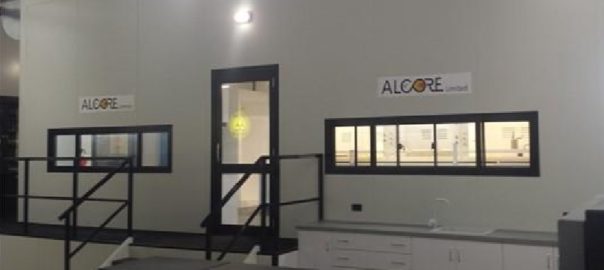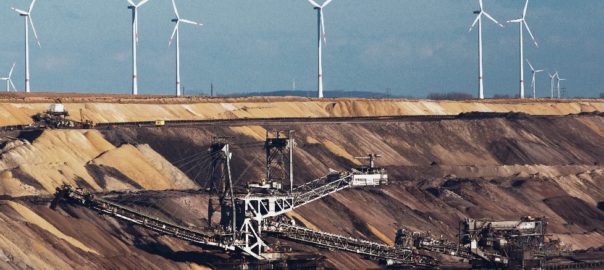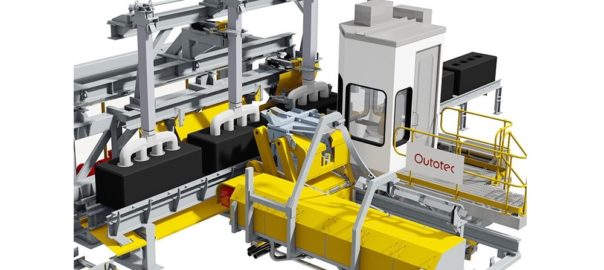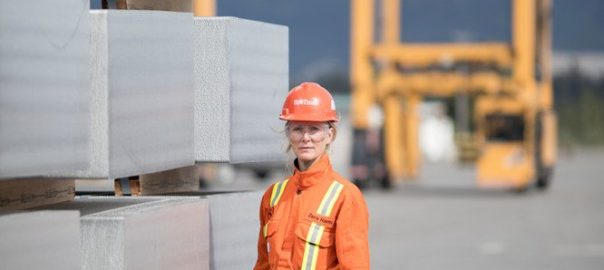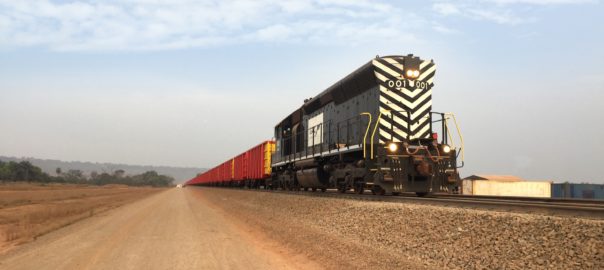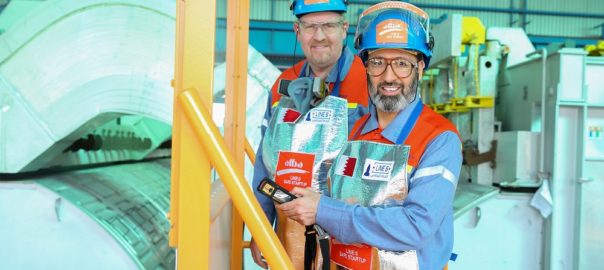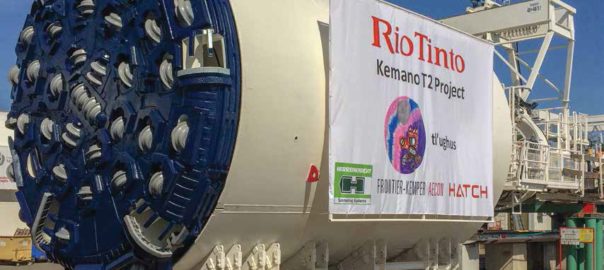Alcore Ltd has executed a contract with major Australia engineering firm, Clough, to help with the design and construction of the first Alcore production plant.
Clough, which will be represented by Clough Projects Australia Pty on the project, has been investigating the CORE technology that will be used by Alcore for several years and is ready for a smooth entry into the Alcore project, the company said.
Alcore says the engineering firm’s in-house skills and expertise provides the full spectrum of capabilities needed, including: concept evaluation & regulatory approvals; project feasibility studies; design, specialised process engineering, electrical controls & instrumentation; and construction, process optimisation and debottlenecking.
Alcore is a 90%-owned subsidiary of Australian Bauxite, which has the global exclusive rights to the aluminium-related portion of CORE Technology (patent application). After six months of test work, Alcore has committed to the best strategy for the first commercial plant called “Refine & Recycle”, whereby by-products from aluminium smelters will be converted into aluminium fluoride to be sold back to the smelters as an essential electrolyte for smelting, it said.
“This strategy has highest profit and fastest growth potential worldwide.”
Plants can be replicated adjacent to aluminium smelters throughout the western world that seek higher environmental credits for recycling by-products, reducing emissions, lowering costs and reducing their dependence on imported aluminium fluoride, according to Alcore.
Alcore can refine two smelter by-products, one with high aluminium (~85% Al) and the second with high fluorine (~55% F), so that all aluminium fluoride components are freely available, it says.
Phillip Hall, Alcore’s Chief Operating Officer, said: “Clough is an ideal engineer for Alcore’s transition from the lab research stage to its first commercial plant. Clough’s long-term association with this technology augers well for good teamwork.
“Alcore is now fully-resourced on technology, having also appointed Dr Mark Cooksey, a senior CSIRO chemical engineer with over 22 years’ experience in the aluminium smelting industry.”
Alcore plans to build its first plant at Bell Bay, in Tasmania, Australia.







